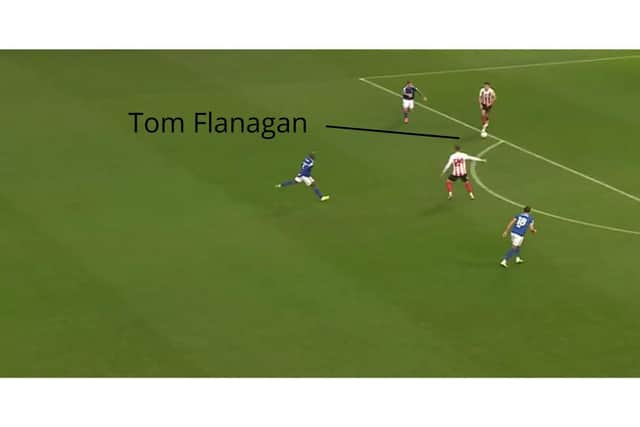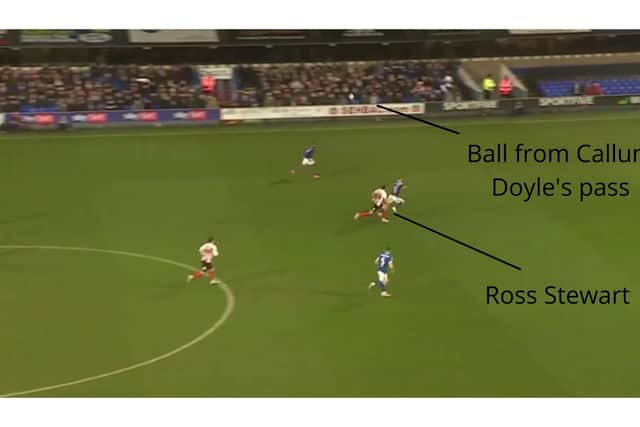How Manchester City loanee Callum Doyle improved his game to help Sunderland earn Ipswich Town draw
and live on Freeview channel 276
Clearly the opening 45 minutes at Portman Road wasn’t as disastrous as the aforementioned performances and, in truth, Lee Johnson’s side did well to weather the storm for as long as they did.
Still, Ipswich managed to find similar flaws as they tried to unsettle the Black Cats in front of a near sell-out crowd at Portman Road.
Advertisement
Hide AdAdvertisement
Hide AdTo Sunderland’s credit, though, they responded in the second half. The visitors even had chances to win following Nathan Broadhead’s equaliser five minutes after half-time.


We know by now that Johnson wants his side to play out from the back where possible, yet that can lead to problems when opponents adopt a high pressing game.
Ipswich, managed by interim boss John McGreal here, were well aware of that and tried to get in their opponents’ faces from the off.
Operating in a 3-4-1-2 system, with Sone Aluko playing just behind strikers James Norwood and MaCauley Bonne, the hosts engaged with Sunderland in the final third, with wing-backs Wes Burns and Matt Penny also taking up advanced positions.
Advertisement
Hide AdAdvertisement
Hide AdYou can see in Figure One how Ipswich’s front three applied pressure on the Black Cats’ backline, with Tom Flanagan forced to make a quick decision in possession.


The Sunderland centre-back tried to pass the ball to Callum Doyle on his left, but the latter miscontrolled the ball before conceding a throw-in with a heavy touch.
That summed up the visitors’ first-half performance, as the side’s forward players, Alex Pritchard, Ross Stewart and Nathan Broadhead, struggled to get into the game while their side were pinned back.
Clearly there was an improvement from Sunderland across the field in the second half, as the visitors were able to win more second balls and advance up the pitch.
Advertisement
Hide AdAdvertisement
Hide AdThey also showed more composure in possession, which meant they could exploit Ipswich’s high defensive line, which could be stretched by runs from Broadhead and Stewart.


Even with an almost full stadium, it was always going to be challenging for Ipswich to maintain their aggressive press and Sunderland did appear to receive more time in possession after the interval.
Yet, crucially, the quality also improved, which was highlighted by Doyle’s passing statistics in particular.
Operating on the left of a back three with Lynden Gooch as his wing-back, Doyle completed just two of his attempted five forward passes in the first half, completing five out of eight passes in total.
Advertisement
Hide AdAdvertisement
Hide AdThat increased significantly after the break as the teenager grew in confidence, when Denver Hume became the left wing-back and Gooch moved to the right due to Leon Dajaku’s forced withdrawal.
Doyle made 11 out of 13 attempted second-half passes, 12 of which were played in front of him, with 10 of those finding a Sunderland team-mate.
Those contributions included an excellent lofted ball for Ross Stewart in the closing stages (Figure Two), as the striker charged in behind Ipswich’s backline but wasn’t quite able to bring the ball under control.
While the whole team performed much better in the second half, Doyle’s improvement signified maturity and perseverance from an inexperienced player.
Advertisement
Hide AdAdvertisement
Hide AdHere, Sunderland demonstrated they have learnt some lessons from damaging setbacks earlier in the campaign.
